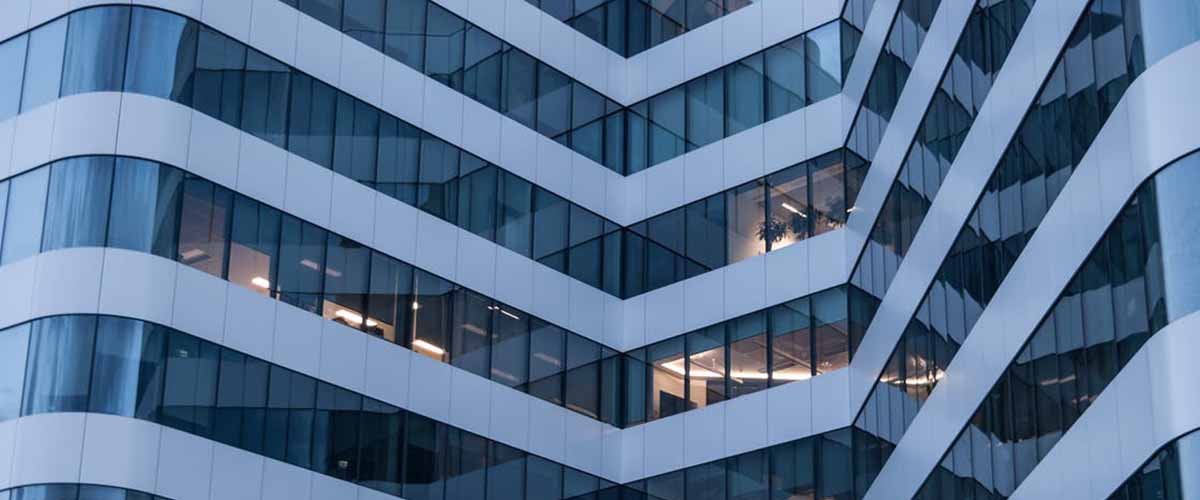Introduction
ACP cladding sheets have become a cornerstone in modern architecture. Known for their durability, aesthetic appeal, and versatility, these materials are transforming the way buildings are designed and constructed. This article will explore the key features, benefits, applications, and installation process of ACP cladding sheet, providing a thorough understanding for both professionals and enthusiasts.

What Are ACP Cladding Sheets?
Composition and Structure
ACP cladding sheets consist of two thin layers of aluminum enclosing a non-aluminum core. This structure combines the lightness and flexibility of aluminum with the core’s strength, offering a perfect balance between weight and durability. The exterior aluminum layers can be treated with various coatings, such as PVDF (Polyvinylidene Fluoride), to enhance weather resistance and longevity.
Varieties and Finishes
One of the standout features of ACP cladding sheets is the variety of finishes available. From solid colors to metallic and mirror finishes, these sheets offer endless possibilities for creative expression. Additionally, ACP sheets can mimic natural materials like wood, stone, or marble, providing a luxurious look without the associated weight and cost.
Benefits of Using ACP Cladding Sheet
Durability and Weather Resistance
ACP cladding sheets are known for their long-lasting performance. They resist corrosion, withstand extreme weather conditions, and maintain their appearance over time. This durability reduces maintenance costs and ensures that buildings look pristine for years.
Energy Efficiency
Another significant advantage of ACP cladding sheets is their contribution to energy efficiency. The panels act as an insulating layer, reducing heat transfer and helping to maintain a consistent indoor temperature. This insulation can lead to lower energy bills and a smaller carbon footprint.
Versatility in Design
The flexibility of ACP cladding sheets allows architects and designers to experiment with shapes, curves, and angles. Whether for modern commercial buildings or stylish residential homes, ACP sheets can be tailored to fit any architectural vision. They can also be easily fabricated and installed, saving time and labor costs.
Cost-Effectiveness
Compared to other cladding materials, ACP sheets offer a cost-effective solution without compromising quality. Their lightweight nature reduces structural load, allowing for more cost-efficient building designs. Moreover, the ease of installation further contributes to overall savings.
Applications of ACP Cladding Sheet
Exterior Building Facades
ACP cladding sheets are widely used in exterior facades, providing a sleek and contemporary look. Their ability to resist weathering makes them ideal for high-rise buildings and commercial structures. The variety of colors and finishes enables designers to create visually stunning exteriors that stand out.
Interior Applications
Beyond exteriors, ACP sheets are also popular in interior design. They are used in wall partitions, false ceilings, and decorative panels. Their smooth finish and clean lines enhance the aesthetic appeal of interiors, offering a modern touch.
Signage and Advertising
The versatility of ACP cladding sheets extends to signage and advertising. They are commonly used for creating durable and eye-catching signs. The material’s ability to hold vibrant colors and withstand outdoor conditions makes it a preferred choice for businesses and advertisers.
Installation Process of ACP Cladding Sheet
Preparation and Planning
Proper planning is essential for the successful installation of ACP cladding sheets. This includes selecting the right thickness, finish, and installation method based on the project’s requirements. It’s crucial to ensure that the supporting structure is capable of holding the panels.
Installation Techniques
There are various techniques for installing ACP cladding sheets, such as wet sealant systems, dry gasket systems, and hanging systems. Each method has its advantages and is chosen based on factors like weather conditions, building type, and design preferences. For instance, wet sealant systems offer enhanced waterproofing, making them suitable for areas with heavy rainfall.
Finishing Touches and Maintenance
Once the installation is complete, it’s important to inspect the panels for any defects or misalignments. Regular maintenance, including cleaning and inspection, helps in preserving the panels’ appearance and functionality. While ACP sheets are low-maintenance, addressing any issues promptly can extend their lifespan.
Conclusion
Aluminum Composite Panel (ACP) cladding sheets are a versatile and cost-effective solution for modern construction and design. Their durability, energy efficiency, and aesthetic appeal make them an excellent choice for a wide range of applications, from building facades to interior decorations. As architects and builders continue to explore innovative materials, ACP cladding sheets stand out as a reliable and attractive option.
By understanding the features, benefits, and installation process of ACP cladding sheets, stakeholders can make informed decisions that enhance the value and appeal of their projects. Whether you’re designing a new building or renovating an existing structure, ACP cladding sheets offer endless possibilities for creativity and innovation.

